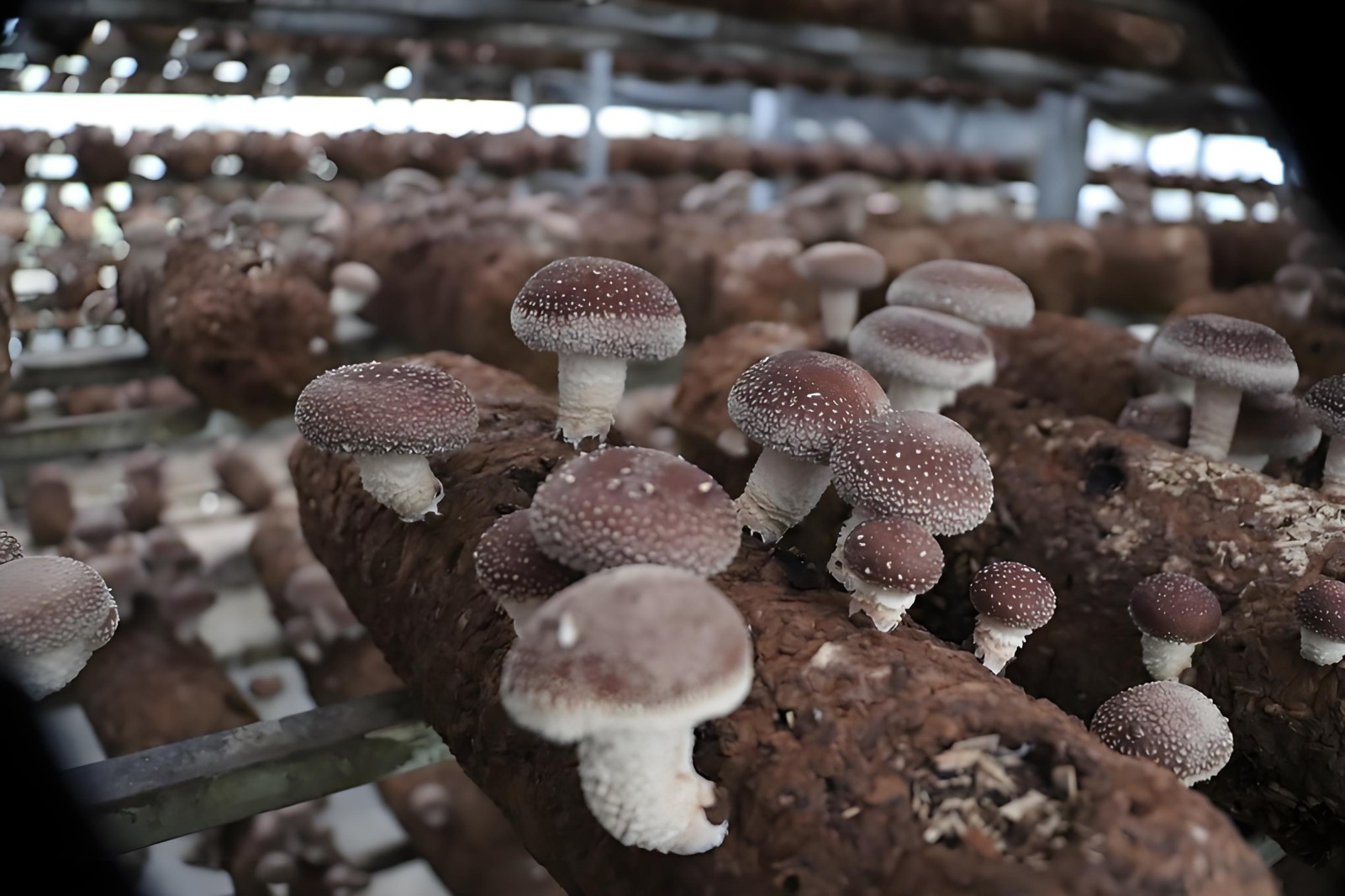Main material for cultivation (coarse material)--wood chips

For wood-decomposing fungi, nutrition comes from the degradation of dead wood by wood-decomposing fungi hyphae, which develop into fruiting bodies. These wood-decomposing fungi usually mainly degrade lignin. Different fungi contain different enzyme systems and different degradation end products. Most basidiomycetes are white-rot, such as shiitake mushrooms, black fungus, ganoderma lucidum, etc. If you peel off the discarded cultivation bag and see that the cultivation bag turns yellow-white after degradation, it is called white-rot fungi. For some fungi, such as Poria cocos, its waste is brown and breaks when touched, which is called brown-rot fungi.
In the past 50 years, forestry thinning materials have been used to crush and process into wood chips of certain specifications to replace traditional logs and logs for cultivation, and a gratifying yield has been obtained in a short time. Substitute cultivation has become a fairly mature process.
It is suitable to use wood chips of broad-leaved tree species as the main raw material for cultivation. Different tree species have different specific gravity and density, which can be roughly divided into hard tree species (specific gravity above 0.7 g/cm3, such as most tree species of Fagaceae, such as oak, cycad, oak, and aconite), neutral tree species (specific gravity between 0.56 and 0.69 g/cm3, such as maple, sweet gum, etc.), and soft tree species (specific gravity between 0.35 and 0.55 g/cm3, such as poplar, etc.) Under the same volume, different tree species have different specific gravity, and their dry matter content is also different. The amount of dry matter content is proportional to the yield.
In addition to species, the degradation rate is also related to the hardness of the material. High-density sawdust such as cycad and aconite are hard and suitable for cultivating mushrooms with long cycles such as shiitake mushrooms and fungus, which can improve the quality and harvest batches. However, Flammulina velutipes has poor degradation ability and is often found in the wild at the base of rotten trunks of soft tree species such as mulberry. In the development of enoki mushrooms, Japanese cedar sawdust was used in the early stage, and then pine and fir sawdust were used. It takes more than 15 days of stacking, multiple turning and fermentation to improve water absorption. The degradation ability of velvet mushrooms is weaker. Some people believe that miscellaneous sawdust needs 100 days of stacking, multiple turning and fermentation, and the cultivation cycle is 105 days (30+45+30).








